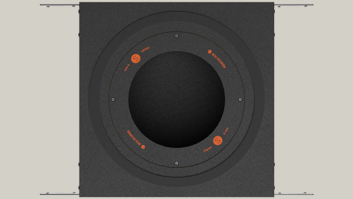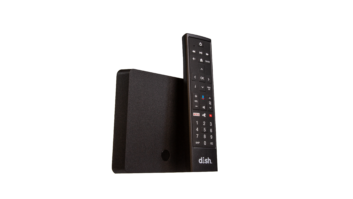I can still envision those nightmare days of wiring closets full of punch-down blocks of telephone wire running in and out of every possible nook and cranny of every commercial building in existence. The requisite grizzled old denizens that maintained those chaotic disasters always seemed to know just precisely what wire to yank, what cable went where, and had clearly carved out an indispensable niche for themselves that leant years of irreplacability to each and every one of their careers.
Once I got into the voice and data communications world, I kept trying to figure out why this mess had been allowed to exist for so long and why it was so pervasive to every business on the planet. The only real answer that ever made any sense was that those wiring folks could, with this approach and a lot of perseverance on their parts, get an electrical connection from any one point to any other point. It is the original any-to-any matrix. It may have required 39 patches and punch-downs, a dozen cross-connects, and had so many unbalanced interconnections that the maximum data frequency that it could carry was nothing greater than a phone call, but it worked. Ultimately, of course, 10/100Mbps data speeds mercifully wrote the closing chapter on such rat nests, but that demise was also the end of that convenient any-to-any wiring matrix.
Structured wiring schemes and dedicated home-run wiring have, without question, greatly advanced the data frequencies supported and have undeniably yielded vast improvements in data communications in those same buildings. And virtually every modern day residence that any of us in this industry touch have some form of these structured wiring systems implemented. These have brought us the audio/video/control systems that we have been deploying for years now and that we have finally gotten to work reliably and work well. Of this there can be little doubt. Yet it haunts me that, with all of these advances, we have still not truly been able to get back to that good old any-to-any connectivity scheme of days past. I cant help but envision one of those old timers with a quaint little smirk on his face glistening over that!
It’s not hard to see these shortcomings: TV sets and displays are physically stuck to where they were originally wired. Centralized HDSAT receiver content cant get distributed out to local room displays because component video cables werent run to every room in the home, yet these same HDSAT receivers cant be moved to some local rooms to become set-top boxes instead because coaxial cabling wasnt run there correctly. Speakers have to remain where they are or cant be added because the cabling just cant get there, etc, etc. Even wireless touchpanels have their feet rooted securely to a specific location, as each of them has a specific RF address or ID that says that they are the panel from such-and-such a room, and no others. And most often, even if we could change the RF ID to another one, the data file inside that panel probably isnt the same file as is needed in the new area, so its still useless. Nope, this is definitely not an any-to-any workable configuration, and that old-timer is still smirking at me.
But I think that wireless Ethernet is about to change all that. Yet it cant do it all on its own. Merely deploying such wireless panels is only half the task. We are the ones who need to architect our systems to be able to take advantage of this any-to-any opportunity. Its true that wireless touchpanels using 802.11a/b/g are already about and running freely at innumerable installations. Thats great, but how have we deployed them and designed them to operate?
Traditional control system design had, for example, the theater wireless panel defaults to the theater functions with theater equipment for ease of usage and intuitive operation. But these new-generation 802.11 panels have no idea where they are, regardless of whether or not the client does. Take that same panel to the kitchen and it is still running, all of the functions respond, and all of the feedback looks and works great. Thats a nice job by the data network folks, but too bad youre turning the theater lights ON/OFF when youre in the kitchen and its totally dark!
The user interface architecture of the past had been designed to operate from and at a specific location. These new 802.11 panels really do allow control of any location from any location. Therefore, the very basic core of the approach of the architecture of the user interface has to change, no longer starting at a predefined, limited location. It is true that this does not have to happen. You could still deliver the same old physical-location limited functionality, and explain to the client that that is just simply the way it is. But sooner or later that client will want more, or will see that other integrators have provided roaming any-to-any functionality, and youll be left in the dust.
Higher wireless bandwidth technologies such as 802.11n seem to be about ready to make wireless video transmission a more common occurrence. This would then free the video displays to more readily move to any desired location freely. The emergence of IP speakers has freed speaker locating from cabled-only positioning.
Perhaps we are ready to re-embrace a long overdue any-to-any connectivity scheme. We all need to be aware that it changes the way our projects, architecture, and user interfaces will have to be deployed, right from the onset of every project. And maybe now that old timer will quit smirking at me.







